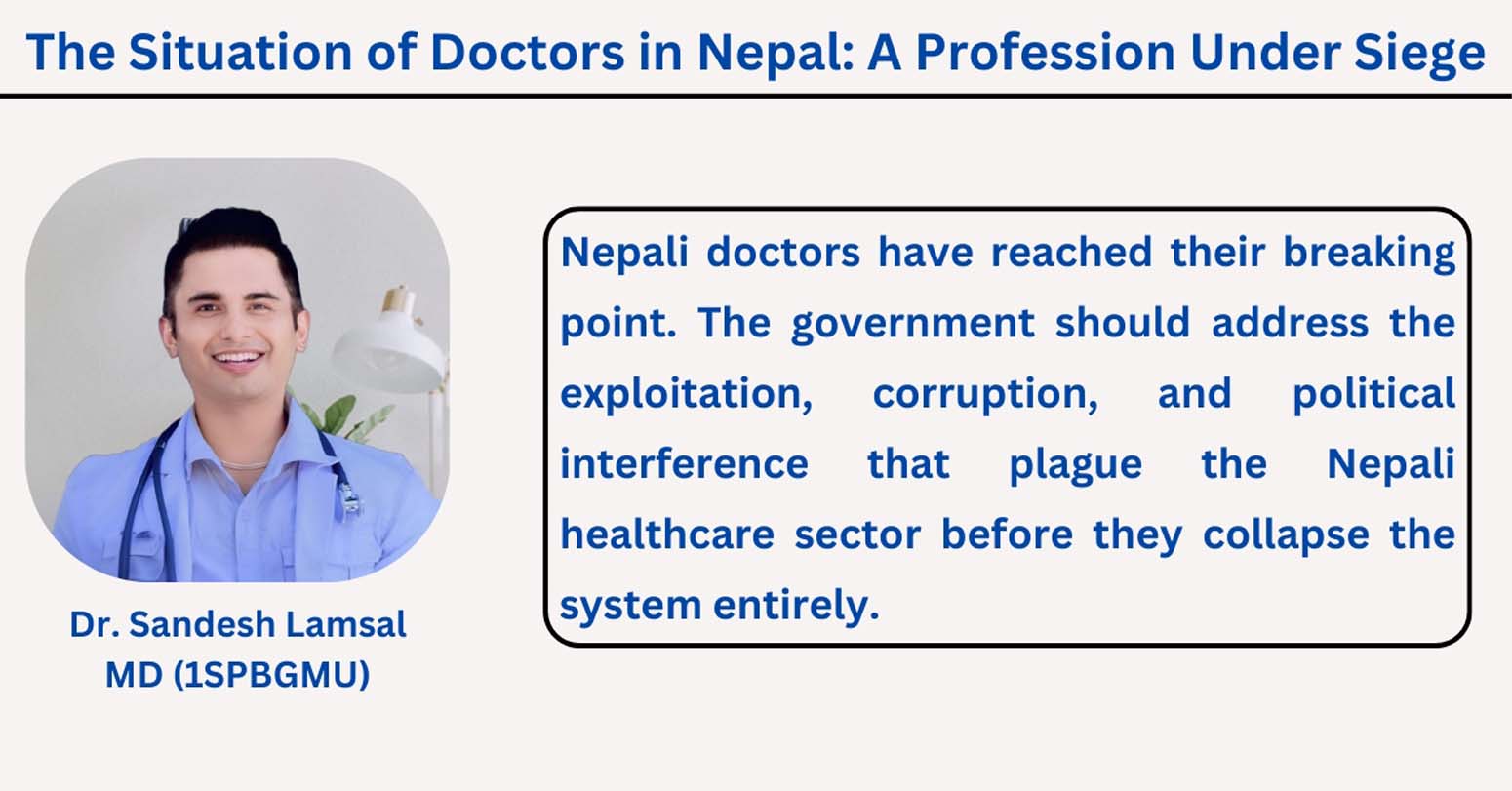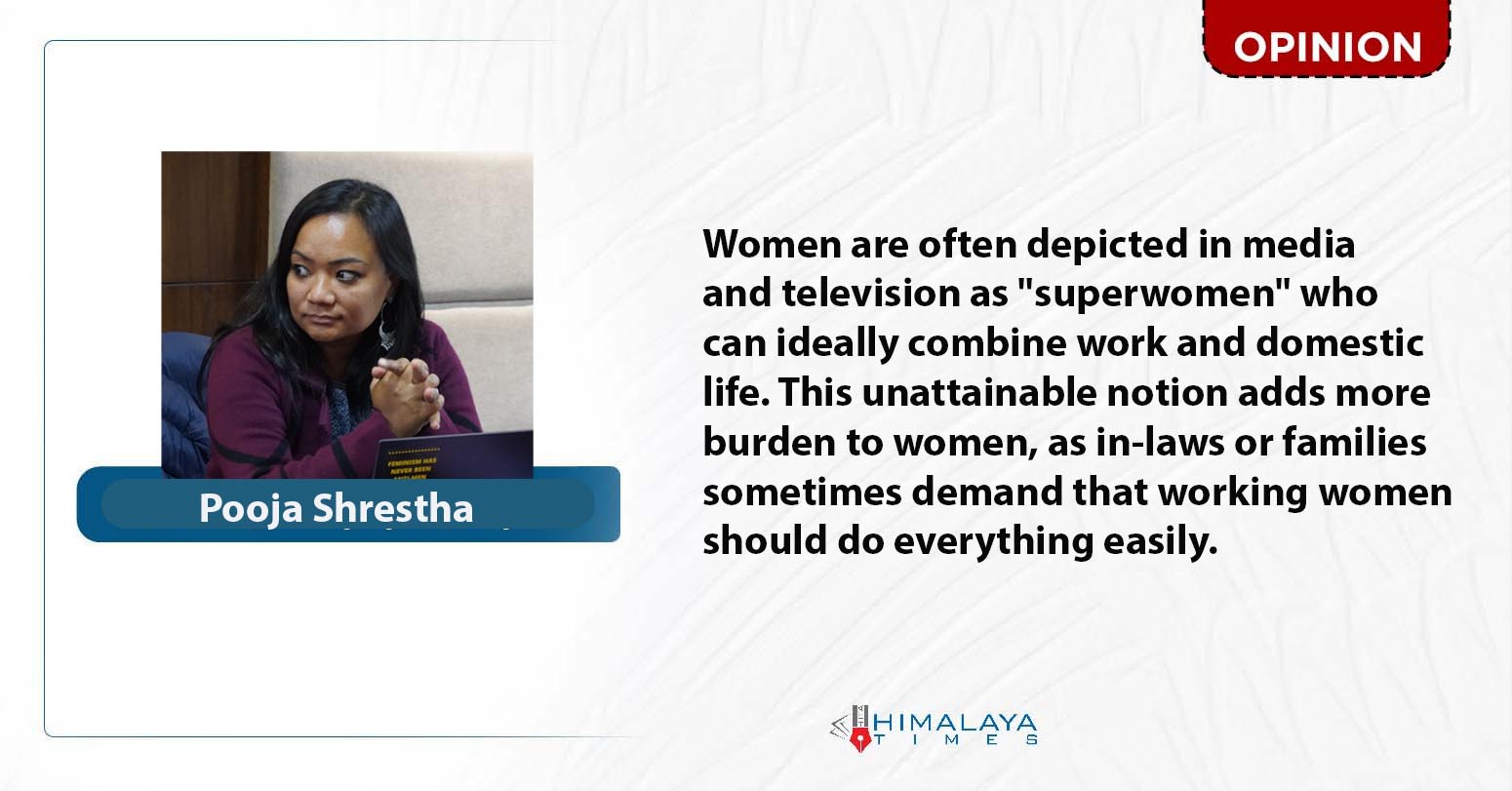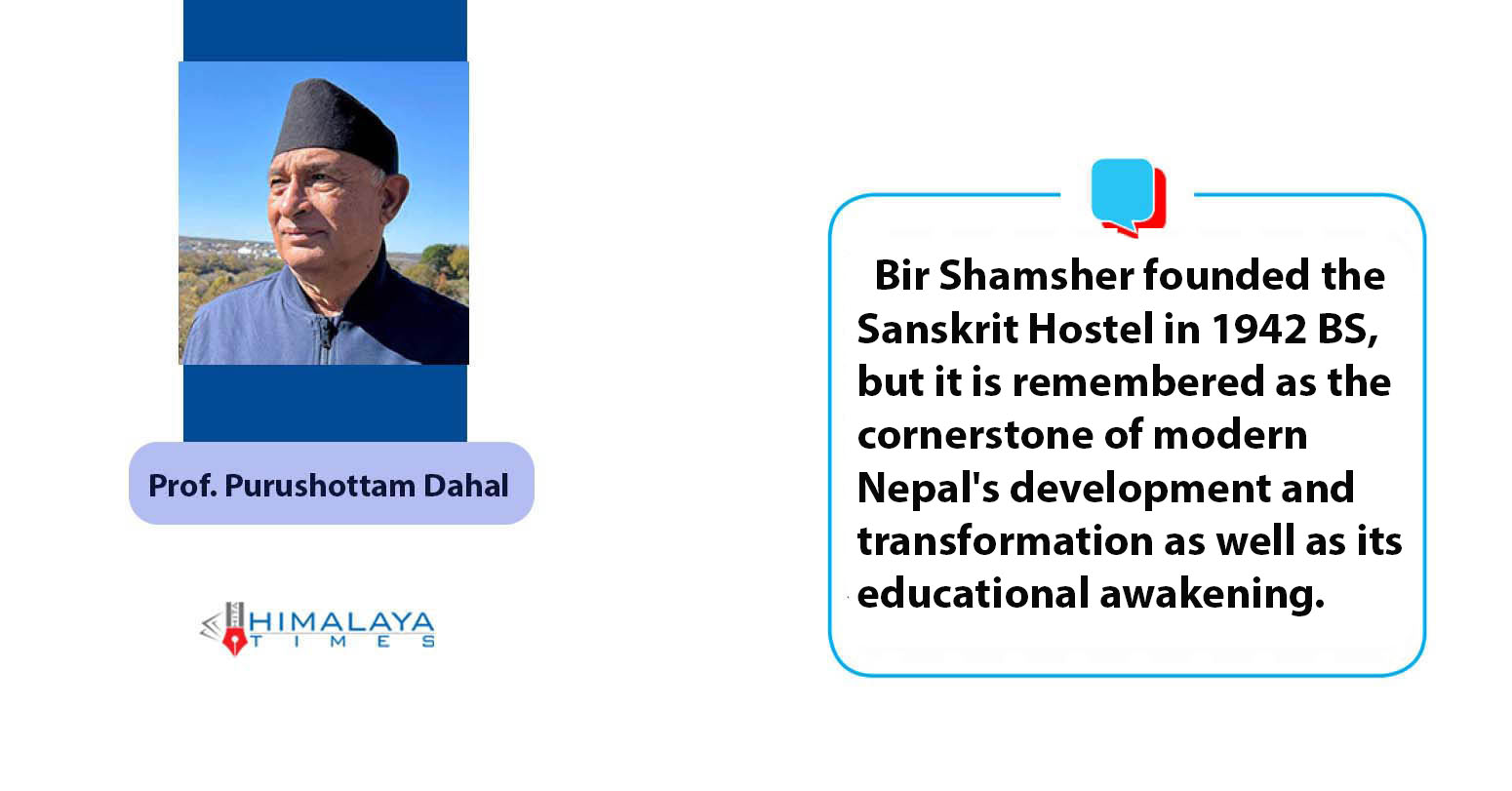- Dr. Rabindra Prasad Dhakal
The sciences may bring knowledge and principle of natural facts; the Technologies bring the products or process to serve the community, whereas the Innovation brings those products to the market with commercial viability to serve the society. Any state need to work hard on giving adequate Sciences to the children, no matter they continue science education or not in their lives, but it may start getting technologies back as a return. The prerequisite condition for this is the state should provide ample environment for generation of idea through creative thinking. This may happen once the children get enough exposure with resources in their surrounding or unaddressed problems of their society. The technologies start offing only after we can give enough resources for experiments letting them having enough time to think and if we offer the mentorship. In any case, the state has to identify the appropriate technologies our society may need, pick them up, nurture and flourish in the country for better services; that may generate the employment, balance the trade deficit and finally serve to the national economy. This is how other developed countries had developed.
We have recently observed the huge crowds moving away from our country and making huge hue and cries in the country that billions of rupees drained away, home are deserted but even in these pathetic conditions, the parents are still happy by sending their offspring abroad assuming that they have set the social standard. If you see just decade’s history, the student were being caught in tough competition for limited seats, some of them are frustrated not being admitted in the universities they want. But situations is being upside down now: every universities are not able to fulfill their quotas to be admitted or at least not getting the chances to select cream student in their program as previously planned and purposed. This is indeed a big terrific situation for any nation, particularly for the developing nations like us. This is the time to think to identify where we lagged. Being the global citizen now, we can think if the people are not satisfy with their system, institutions and services after education, then they will dig out their own track to drive themselves. The individuals may not think seriously to make their country prospers, however, the planners, administrators, education authorities, and politician, in short, the government should think to formulate the policy to offer good education with specific purpose, not merely for literacy. The recent outbound migration is due to dissatisfaction with the curricula, institutional rankings and infrastructure they offered and more importantly job offer during and after their educations inside the country.
The routine test, validation, adoption and further improvement of any technologies could also capacitate our youth to inspire for the technology development. The cumulative efforts may inspire the technology developer to convert into innovator or inventor in long run.
The human resources, infrastructure, and policy instruments are vital components for the development of science, technology and innovation (STI). The development of STI is essential for economic development and social progress of any country. Research and development (R&D) in general and Research and development (R&D) in Science and Technology, in particular may bring the new process and products, and could intrigue and indulge the youth to stay in the nation. For the national prosperity, the infrastructure development, motivation of the scientists and aspiring youth is the only option, however, we are never planning in such a way. We could also think of the technology transfer or technology development through reverse engineering and giving it to the wider circles could be the important step for the late developers to avoid reinventing the wheel. The routine test, validation, adoption and further improvement of any technologies could also capacitate our youth to inspire for the technology development. The cumulative efforts may inspire the technology developer to convert into innovator or inventor in long run.
If we observe the global matrix of STI status, R&D strength and investment on STI, we may see more prominent picture. For instance, the capital funding in R&D is topped by the US among the countries, which is followed by China and Japan in second and third position, respectively, where as our another southern neighbor is investing for 4th position in a queue. This somehow resembles the global economic strength as well. If we see the same thing through another lenses; the Gross domestic product (GDP), which is a monetary measure of the market value of all the final goods and services produced and sold in a specific time period, we may see slightly different picture. Due to its complex and subjective in nature, GDP per capita at purchasing power parity (PPP) may be more useful when comparing the living standards between nations too. In this context, Israel is leading the world with 5.4% of its GDP(PPP) investment on R&D followed by South Korea with 4.8 %, Taiwan 3.6% and USA 3.5% and so on. This also could be correlated with their economical performances and people’s livelihood. Now the questions arise, where the USA stands in Development, well being and prosperity as unison that has already attracted many scholars, Scientists to flock in and make the country further flourished. The Israel in another peak reflects the improved global innovation index and bestowed in 16th position in 2022, where as Per Capita of Israel is higher than EU Per Capita average, which inferred that even having resources in the country, strengthening STI and R&D could lead to better life of any country.
Keeping all these facts into a consideration, we have to portray of our STI status of our country. Nepal has policy of only Science and technology until last 2018, means we haven’t even talked about innovation, which is wonderful instruments to connect the science and technology to the economy, employment and other social factors. Once we have the STI Policy, that still forget to mention the periodic goals and milestones to arrive at. Since innovation is the central tools to translating scientific knowledge and technological know-how into development of useful products and services and generating the employment, for which, we need to focus on establishing the closer linkages between universities and industry within its longstanding academia-industrial partnerships.
As we know that global pandemic has created different scenario in many countries and their investment constraint on innovation lead to the unexpected rise of some other countries, which were least hit by economic slowdown.
Investment in science education and increasing R&D funding could be the foremost condition to retain the youth inside the country, and also to start the inbound migration for the actual commencement of brain gain era. The academic autonomy, dignity, bigger investment and improved policy instruments could definitely help overall development of science and technology in the country. Attracting more youth into Science education from current 15% enrollment in tertiary education, indulging them in research and development and promoting innovation in the country and connecting them to industry could be the road map for national development of the country. However, we have not seen it happen in the country. On contrary, we have invested less than 0.4% of our GDP on R&D of STI that could be easily reflected in our status of infrastructure. I have already mentioned that innovation policy is just four years young, its linkages are not established yet, needless to say, is not enough discussed as of yet.
To assess the innovation level of each country, the WIPO every year publish the global innovation ranking of world economies according to their innovation capabilities based on roughly 80 indicators grouping into innovation inputs and outputs. As we know that global pandemic has created different scenario in many countries and their investment constraint on innovation lead to the unexpected rise of some other countries, which were least hit by economic slowdown.
The global innovation index of 2022, we again stand in 111th position which is constantly dragging the nation behind as our neighbors making leap frog movement, like India ranked 40th Position and China in 11th position and so we are being sandwiched with almost no face value on innovation. The global innovation index not only mention who stand where, but also suggests what we have improved so far, what we are poor at and what other are requisite to scale up to catch the global race to meet the par. when we developed the STI Policy, arrange some innovation funds, and promote ICT capabilities; our position was 95th in 2020, 109th in 2019, and again 111th in 2021 and also in 2022. Very interestingly, we stands in 106th position in innovation inputs, which is higher than last year but lower than 2020.
Again going to global picture, the innovation spectrum is correlated to the investment, resources allocations and availabilities, industrial connections and of course to the other human development indexes. Switzerland tops the list and followed by the USA, Sweden, UK and Netherlands and still considered as the most innovative economies. Our two giant neighbors China stands in 11th position and India enter the 40th position first time in the history. This GII has also indicated that we are good at market and business sophistications, however, we have to improve human capital and research, knowledge and technology output and infrastructures.
As a conclusion, the science need to be popularized, Science and technology be applied, academies and industries work together to make the ample environment for the innovation. If innovations are there, industries are linked to academy the youth could be retained through employment generations. The research institutions flourished, industrial connection and youth stay at home means a lot for the nation. Let make the investment not less than 1 % of GDP at least on R&D, improve the global and national innovation index, introduce the brain gain scheme, promote research culture and strengthen the institutions, the development is not that far. Israel, South Korea, China and India are there to give good lessons to us.
The Author is Faculty of Technology Chief and Spokesperson for Nepal Academy of Science and Technology (NAST).


















Middle-aged man spends millions to
Dr. Dharam Raj Upadhyay: Man
Breathing The Unbreathable Air
Comprehensive Data Protection Law Critically
Gender Differences In Mental Healthcare
Erosion of Democracy